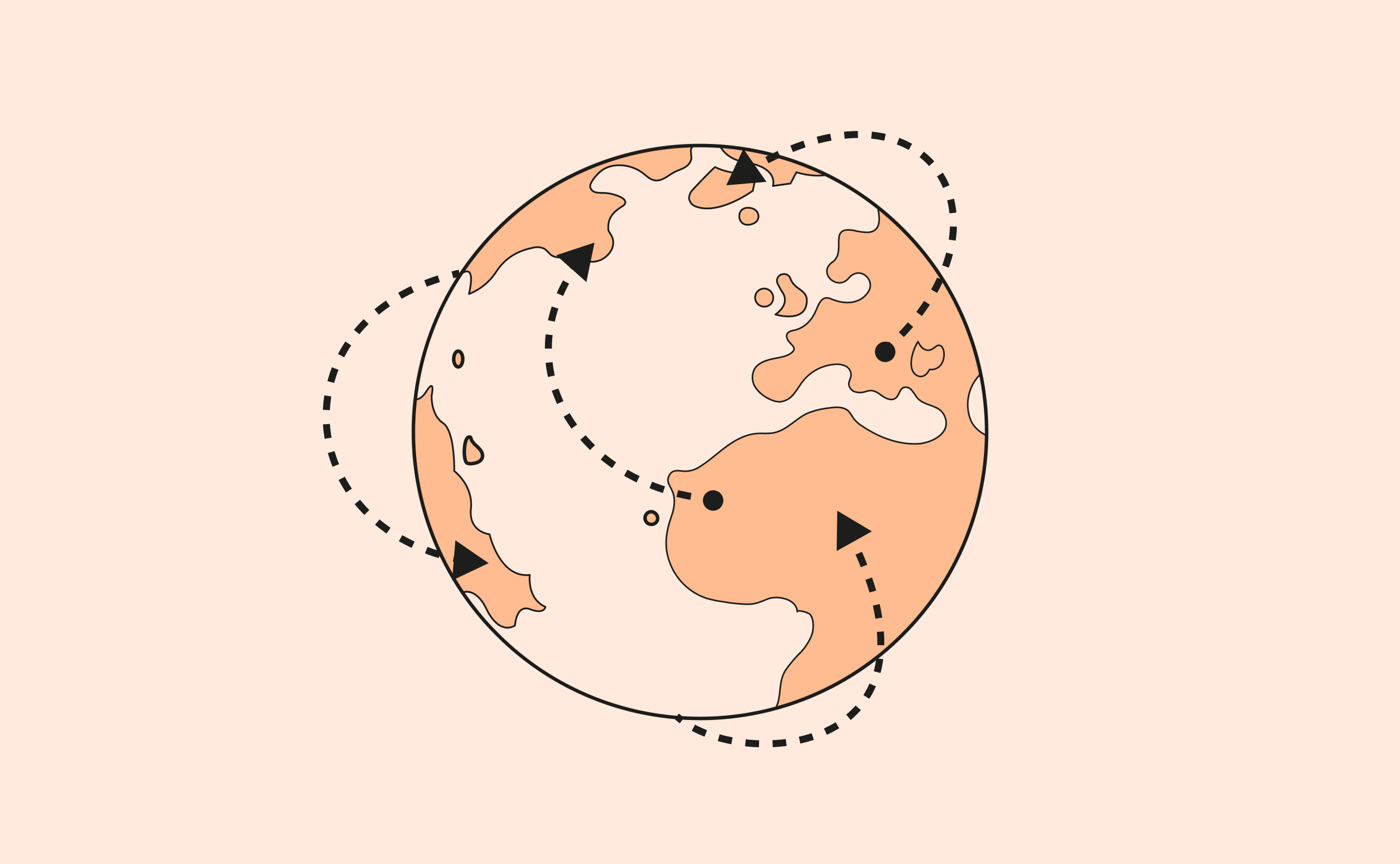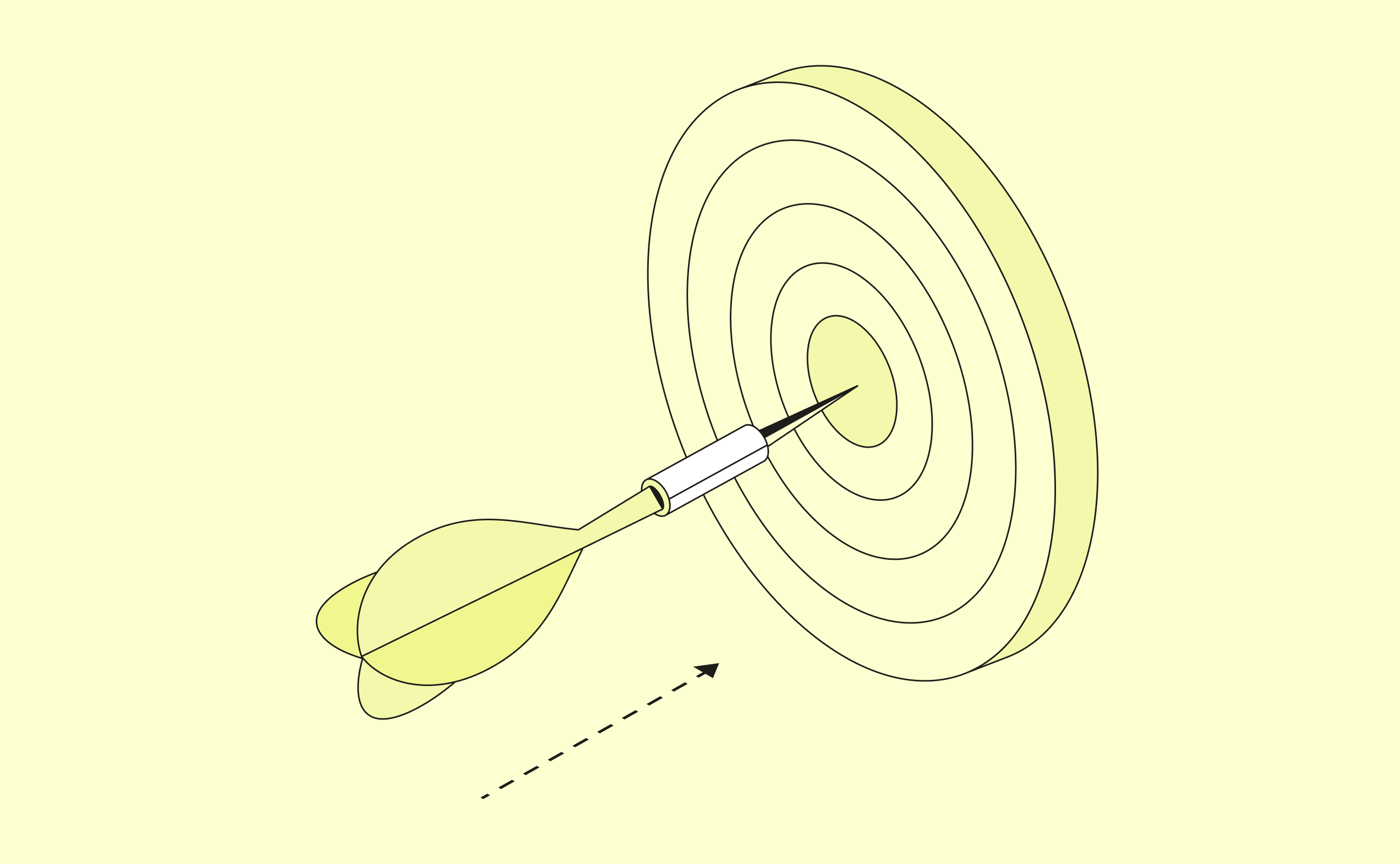First, what is SEPA? It is an acronym for the Single Euro Payments Area and it is a simplified payment system for making money transfers in the Euro currency between SEPA countries.
SEPA countries – where can you make SEPA payments?

So who created SEPA and why?
Before SEPA was introduced, international payments were made using the Society for Worldwide Interbank Financial Telecommunication (SWIFT) system. SWIFT was developed in the early 1970s as a network for sending messages about financial transactions.
With the introduction of the Euro single currency, the European Union (EU) wanted to improve the SWIFT system and make Euro money transfers quick, simple and cheap. The European Union introduced SEPA to make this happen.
Which countries are SEPA countries?
At the time of writing, February 2020, the 27 EU member states of the EU, plus the United Kingdom, and the four members of the European Free Trade Association (EFTA), Iceland, Liechtenstein, Norway, Switzerland, are all SEPA countries. In addition, the principalities of Andorra, Monaco and San Marino are members of SEPA.
We have deliberately mentioned the United Kingdom separately because, at the time of writing, the UK has left the EU and is in the transition period of the Withdrawal Agreement (WA). Depending on the outcome of negotiations, the UK may remain a SEPA country or it may leave. This will not become clear until the negotiations are completed, which is scheduled for the 31st of December 2020.
As you can see from the list of SEPA countries below, not all members of the system use the Euro as their national currency. However, banks in non-Euro countries can accept Euro payments made using the SEPA system.

| Country | National currency |
|---|---|
| Andorra | Euro |
| Austria | Euro |
| Belgium | Euro |
| Bulgaria | Bulgarian Lev |
| Croatia | Croatian Kuna |
| Cyprus | Euro |
| Czech Republic | Czech Koruna |
| Denmark | Danish Krone |
| Estonia | Euro |
| Finland | Euro |
| France | Euro |
| Germany | Euro |
| Greece | Euro |
| Hungary | Hungarian Forint |
| Iceland | Icelandic Krona |
| Ireland | Euro |
| Italy | Euro |
| Latvia | Euro |
| Liechtenstein | Swiss Franc |
| Lithuania | Euro |
| Luxembourg | Euro |
| Malta | Euro |
| Monaco | Euro |
| Netherlands | Euro |
| Norway | Norwegian Krone |
| Poland | Polis Zloty |
| Portugal | Euro |
| Romania | Romanian Leu |
| San Marino | Euro |
| Slovakia | Euro |
| Slovenia | Euro |
| Spain | Euro |
| Sweden | Swedish Krona |
| Switzerland | Swiss Franc |
| UK | Pound Sterling |
How does SEPA work?
SEPA utilizes the International Bank Account Number(IBAN) to enable transfers between bank accounts. You have probably heard of SWIFT transfers, which also use the IBAN, but in addition, a SWIFT transfer needs the BIC code. SWIFT was the system used to make international money transfers before SEPA came along.
The differences between SEPA and SWIFT
| SEPA | SWIFT | ||||
|---|---|---|---|---|---|
|
|
Euro | Many currencies | |||
|
Where can you transfer to/from |
Between SEPA countries only |
Almost |
|||
|
How long does the |
SEPA guarantees 48 hours or less during business days, but it is often quicker | Usually between 3 to 5 days | |||
|
Cost of transfer |
Very cheap or free | Costs can vary, depending on where the money is being sent and how many intermediary banks are involved |
As you can see from above, if you are making a Euro transfer, then it makes sense to use SEPA.
There are two types of SEPA transfer, SEPA credit transfer, and SEPA Direct Debit.
SEPA credit transfer
A SEPA credit transfer is a simple electronic movement of money in Euro between banks. If you have a one-off invoice to pay in Euro, then a credit transfer is the system you would use. The European Payments Council oversees more than 19 billion SEPA transfers each year. A SEPA transfer is ideal for international payments in Euro.
SEPA direct debit
SEPA direct debit is an automated system that allows you to make regular payments. To set them up, the company you wish to pay will send you a mandate to sign and return. Once in place, the direct debit will ensure that you don’t miss a payment, so it is ideal for rent, electricity bills, and other regular payments.
Cost of a SEPA transfer
One of the original requirements of the SEPA system was to make transfers cheap. The EU stipulated that a SEPA transfer must not cost more than the cost of a local currency transfer within the sending country. In many cases, this means sending money via SEPA is either free or costs just one Euro.






